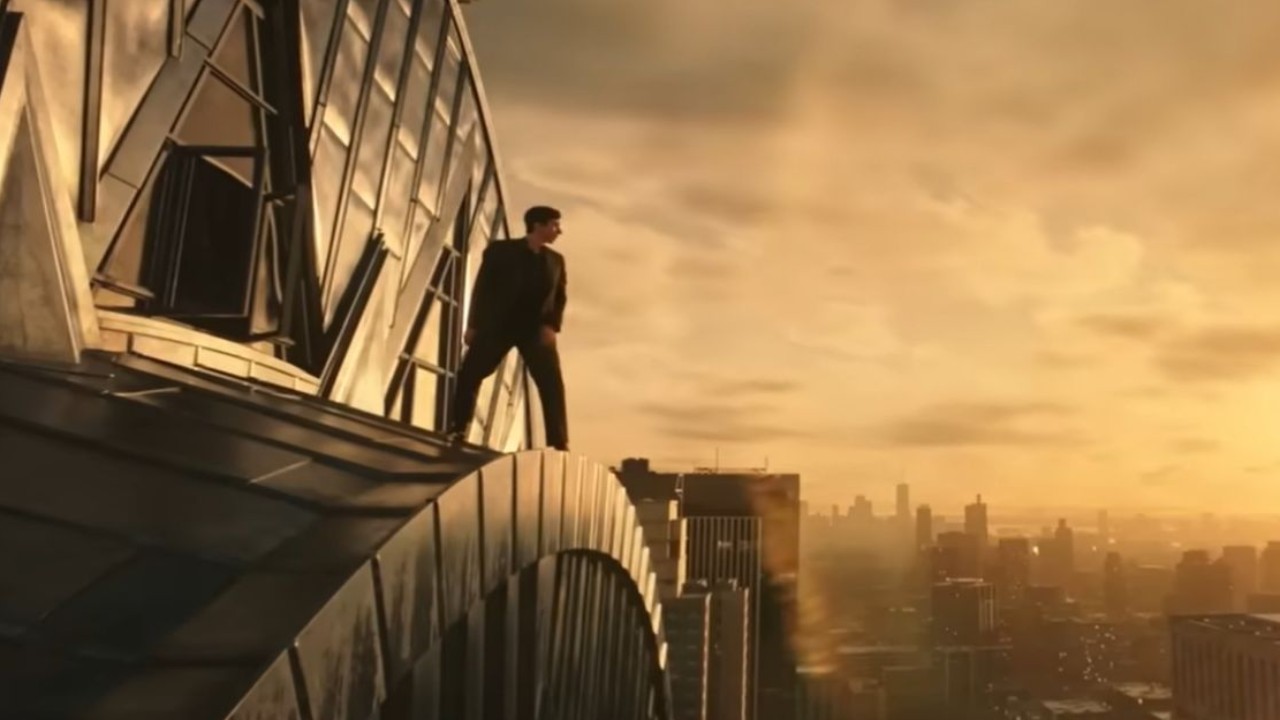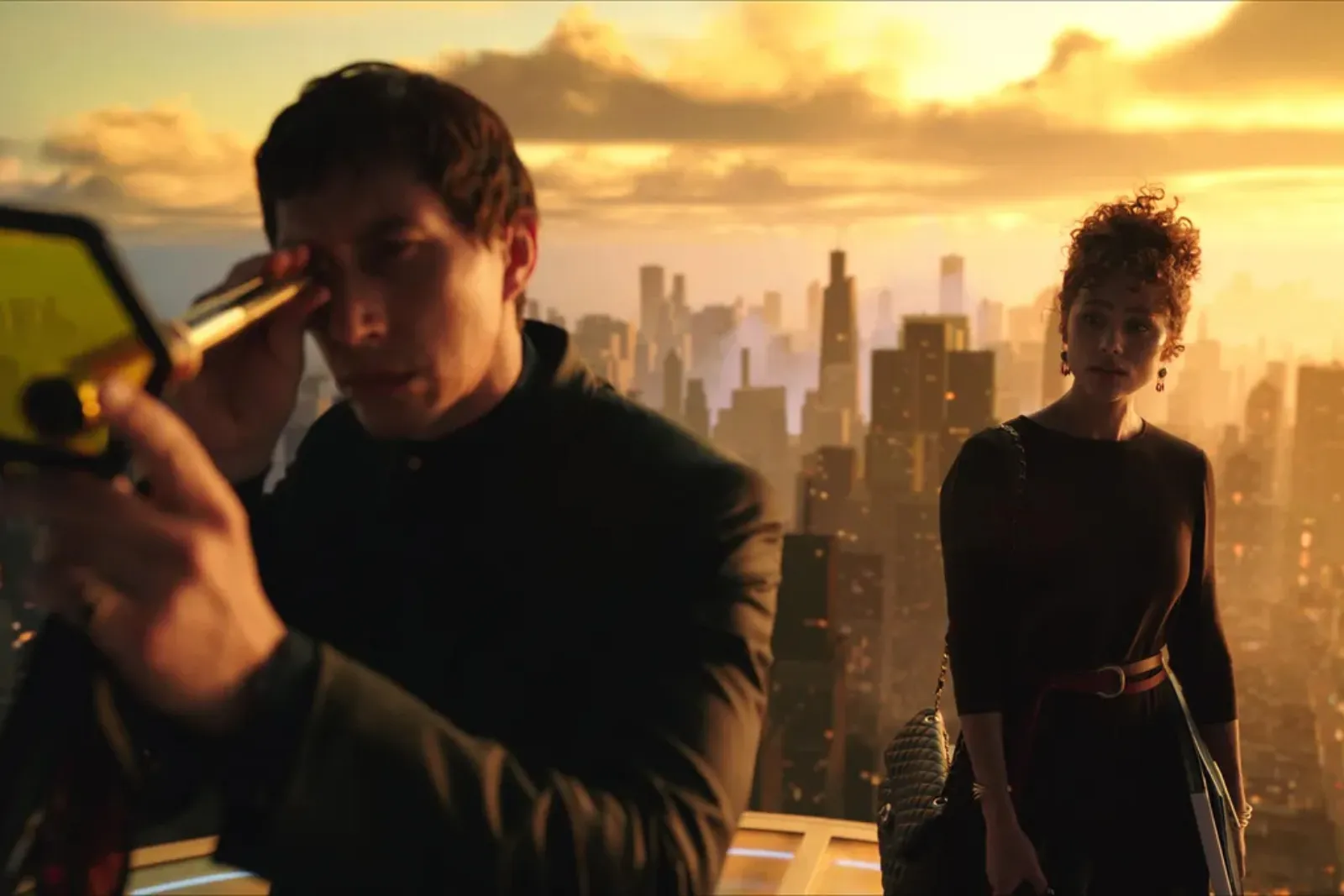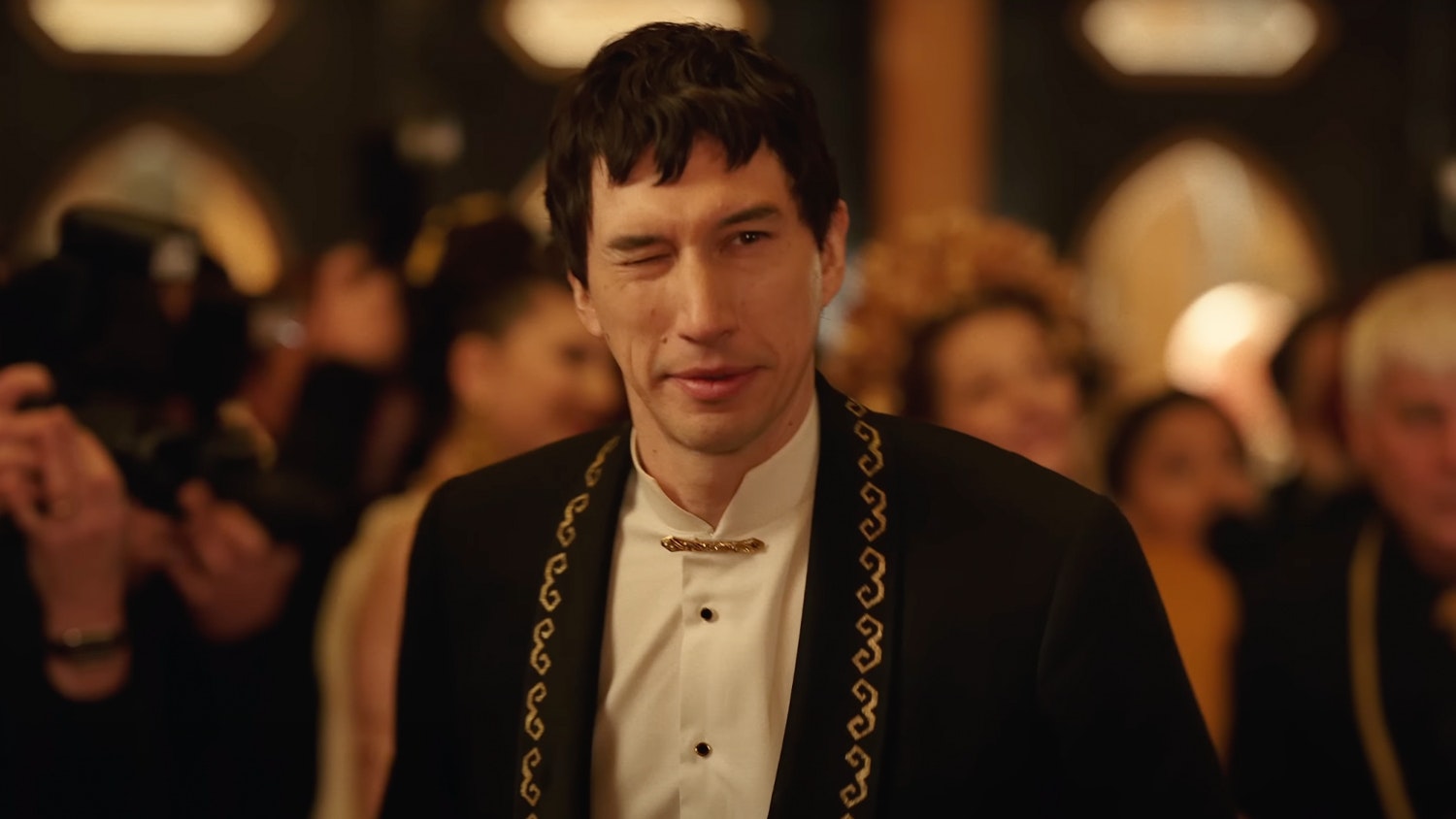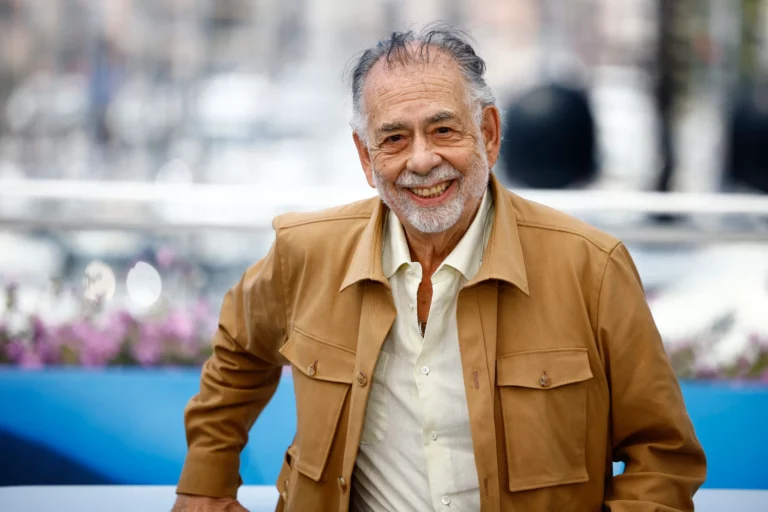Francis Ford Coppola’s cinematic journey has been marked by both unparalleled success and ambitious projects that tested the limits of his creativity. However, one of his most challenging endeavors has been bringing the film Megalopolis to life—a project that spanned several decades. Amidst the fluctuating tides of Hollywood’s support, one constant remained: Jon Voight’s encouragement. Despite their contrasting political views, Voight’s unwavering support highlights a unique aspect of artistic collaboration where personal differences are set aside in favor of greater creative pursuits.

The Challenge of Realizing a Vision
Megalopolis has been a labor of love for Coppola, who first conceived the idea for this expansive film decades ago. The path to its realization was fraught with challenges, primarily the hesitance of studios to back such an avant-garde project. Coppola’s vision for a film that required a vast scale of production was initially seen as too risky. During these uncertain times, Jon Voight, who had previously worked with Coppola on the 1997 film The Rainmaker, stepped forward with a simple yet profound encouragement.
This early support was crucial as it came at a time when few were willing to back such a visionary yet experimental project.
A Blend of Humor and Resolve in Political Disagreements
The collaboration between Coppola and Voight also provides insight into how individuals with differing political ideologies can still share a fruitful working relationship. Coppola, known for his critical views on the shift towards what he perceives as a “neo-right, even fascist tradition,” openly discusses these differences with Voight. In a light-hearted exchange, when Coppola pointed out their differing views, Voight humorously responded: This interaction not only underscores a mutual respect but also a kind of camaraderie that transcends political boundaries.

Coppola’s Independent Route to Megalopolis
Determined to see his vision come to fruition, Coppola took drastic measures by selling off parts of his wineries to raise the necessary funds, thereby ensuring that Megalopolis could be made independently of the traditional studio system. This move speaks volumes about his dedication to artistic integrity and the lengths he is willing to go to realize his dreams. The financial and creative risks that Coppola embraced underscore his commitment to cinema and his belief in the project’s importance.
Celebrating Diversity and Talent at Cannes
The premiere of Megalopolis at Cannes was a moment of triumph for Coppola and his team. The film, featuring a diverse and talented cast including Adam Driver, Nathalie Emmanuel, Giancarlo Esposito, and Laurence Fishburne, alongside Jon Voight, received a seven-minute standing ovation, indicating a strong, albeit polarized, reception. This response highlights the film’s impact and the conversation it is poised to spark among audiences and critics alike.

In the end, Megalopolis stands as a testament to the power of persistent vision and the beauty of diverse collaboration in the face of ideological differences. Coppola’s journey with this film illustrates the essence of cinematic passion—bringing to light that the art of filmmaking can indeed bridge divides, foster dialogue, and create unforgettable experiences.

